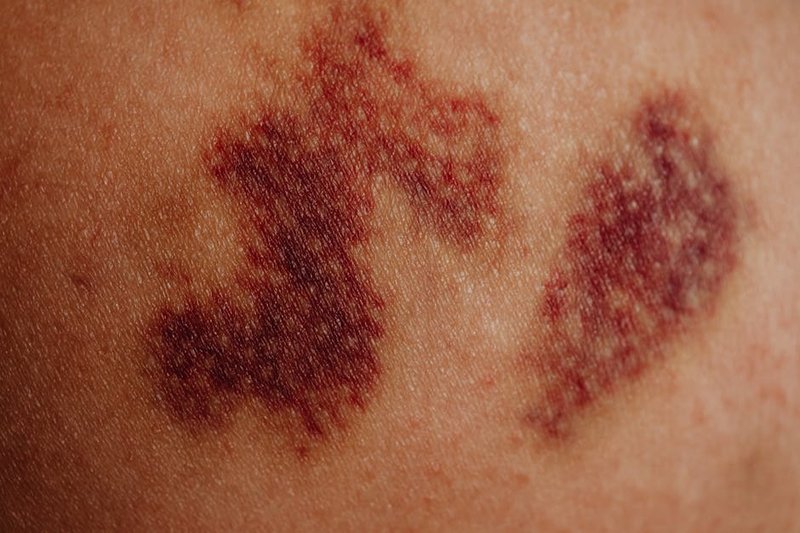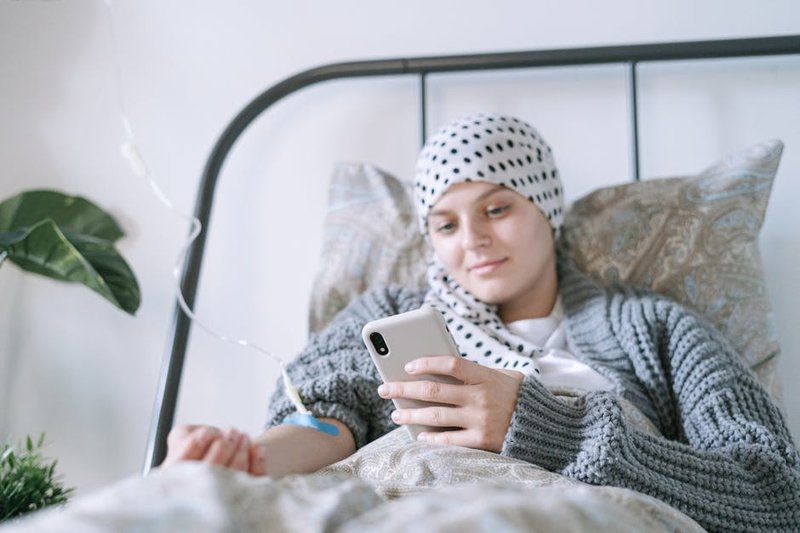As I sit down to compile this week’s science news recap, one story particularly caught my attention. Perhaps it’s because I’ve always found cardiovascular research fascinating, or maybe it’s just the human element that resonates so deeply. Either way, Farwah Iqbal’s work at Virginia Tech Carilion School of Medicine deserves our attention.
Iqbal, a medical student with an impressive academic background including a Ph.D. from the University of Toronto and postdoctoral work at Harvard Medical School, is conducting research that could fundamentally change how we approach vascular disease treatments. Her work focuses on the communication between macrophages (immune cells) and smooth muscle cells in blood vessels following injury.
Iqbal – Understanding the Plumbing of Our Bodies
Iqbal explains blood vessels with a brilliantly simple analogy – they’re essentially the plumbing pipes of our body. When these pipes get clogged, as happens in vascular disease, medical interventions like stents and balloons can open them up. But these life-saving procedures often damage the inner lining of blood vessels, triggering a cascade of events that can lead to re-clogging.
I’ll admit, I initially questioned whether this research was truly groundbreaking – haven’t we been studying vascular disease for decades? But as I delved deeper into Iqbal’s findings, the significance became clear. Her team has discovered that specific immune cells create breaks in damaged vessels, forming contact points where cells exchange signals that ultimately cause smooth muscle cells to multiply and narrow the vessel again.

Iqbal – From Researcher to Physician
What makes Iqbal’s story particularly compelling is her journey. Unlike many medical students, she didn’t take a direct path to medicine. Her fascination with blood vessels began during her undergraduate years and deepened through her Ph.D. work on stem cell therapeutics for improving blood flow after heart attacks.
“My interest in medicine started when I found it challenging to develop therapeutics when I didn’t know much about the targeted patients or their pathology,” Iqbal explains. This perspective – seeing the connection between research and clinical application – gives her work a pragmatic edge that’s often missing in pure academic research.
Practical Applications and Future Directions
The real-world implications of Iqbal’s research are substantial. By understanding how macrophages and smooth muscle cells communicate, her team aims to develop better drugs to coat balloons and stents, preventing patients from needing repeated interventions.
Sometimes I wonder if we focus too much on flashy, high-tech solutions when the most transformative advances might be happening in these detailed cellular studies. Iqbal’s work reminds me that the foundation of medical innovation often lies in understanding these fundamental biological processes.

The Virginia Tech Carilion School of Medicine will showcase Iqbal’s research, along with projects from other medical students, at their annual Medical Student Research Symposium on March 28 in Roanoke. The event is free and open to the public – a wonderful opportunity for science enthusiasts to witness emerging medical research firsthand.
As I reflect on Iqbal’s story, I’m struck by her comment about choosing VTCSOM: “I remember explicitly during my interview the feeling of being home.” It’s a reminder that even in the most rigorous scientific endeavors, human connection remains essential. Perhaps that’s what will ultimately make her successful – the ability to bridge the gap between cellular mechanisms and the human lives they affect.



